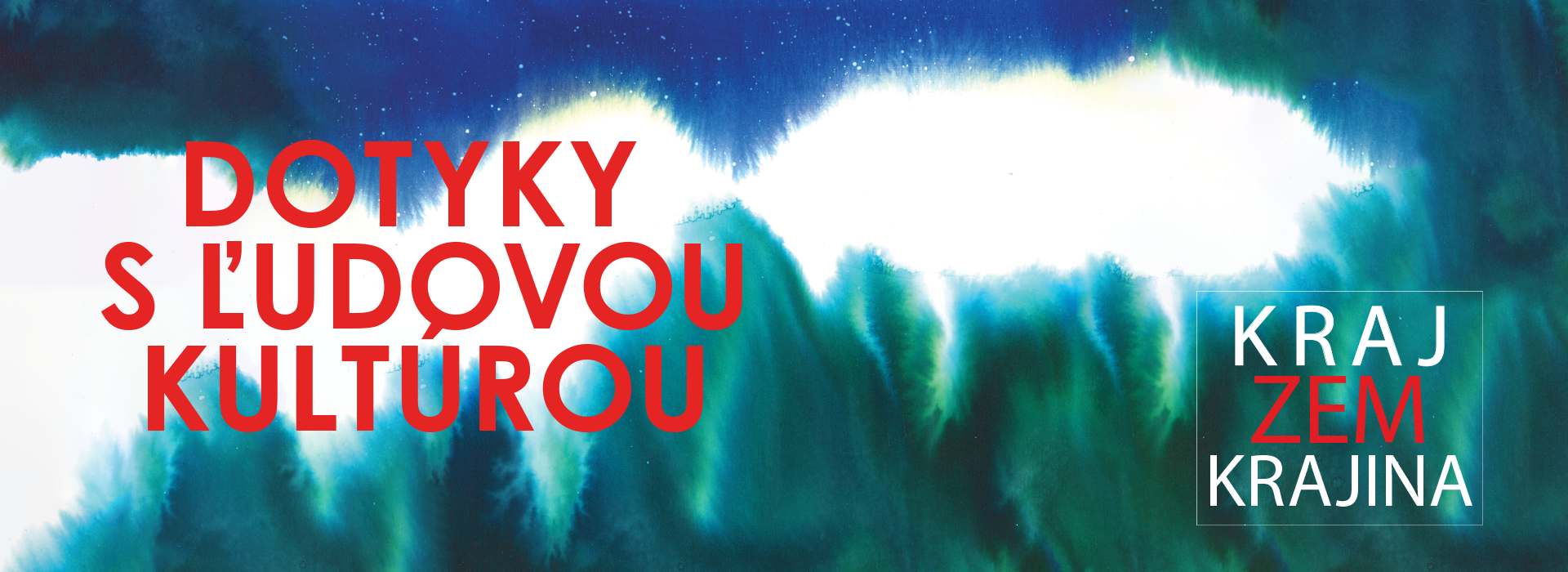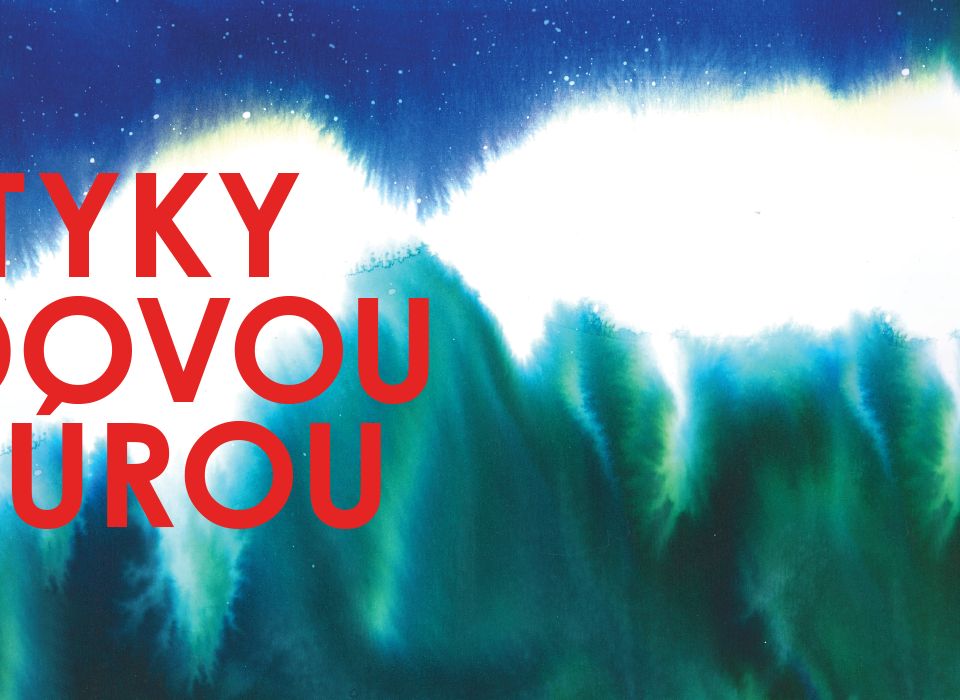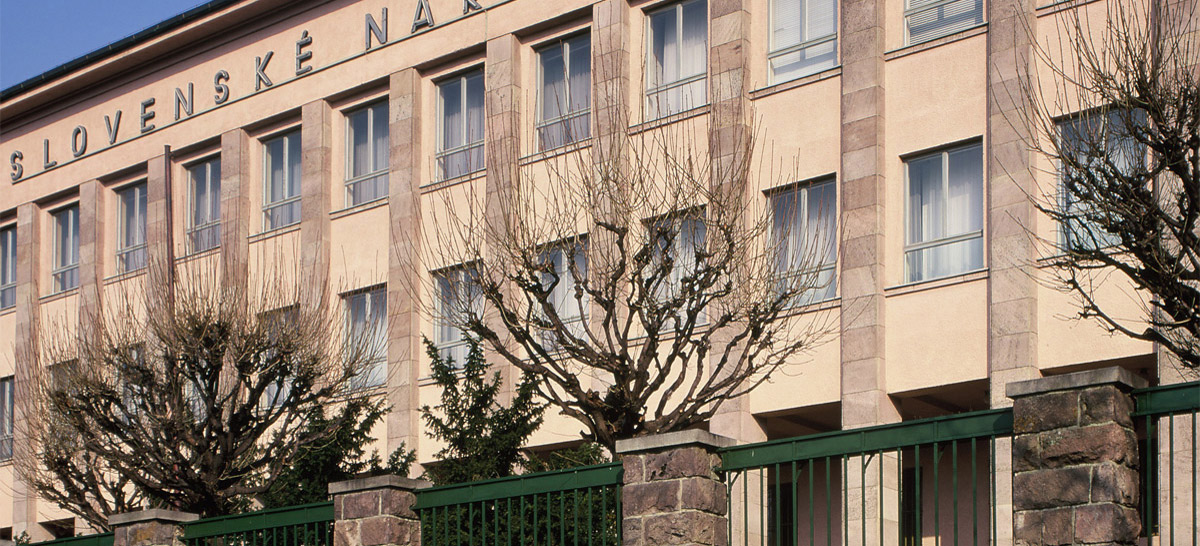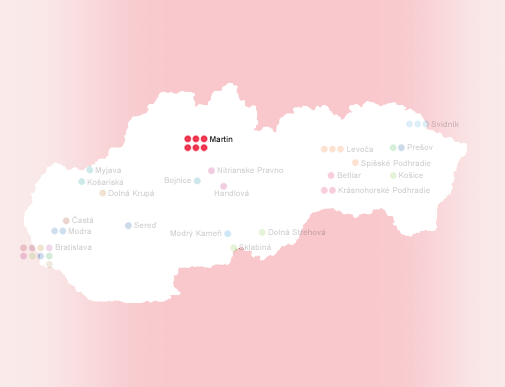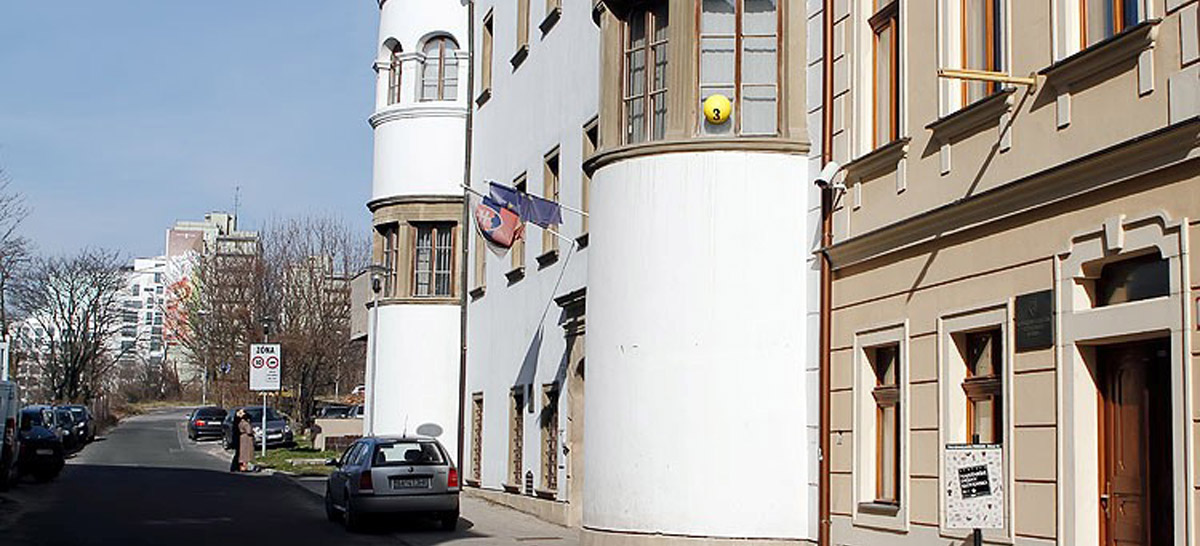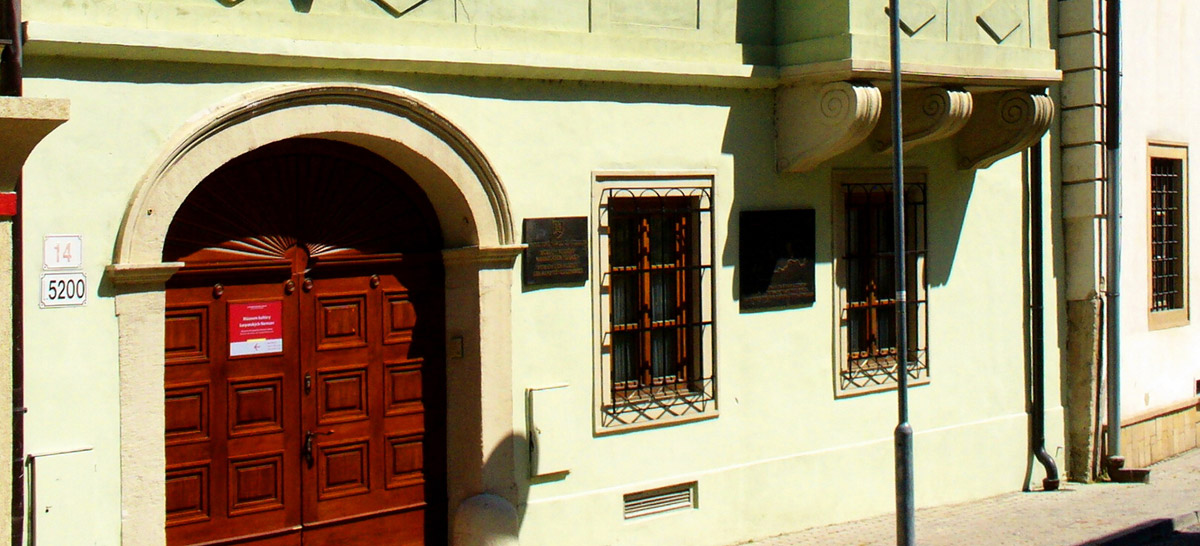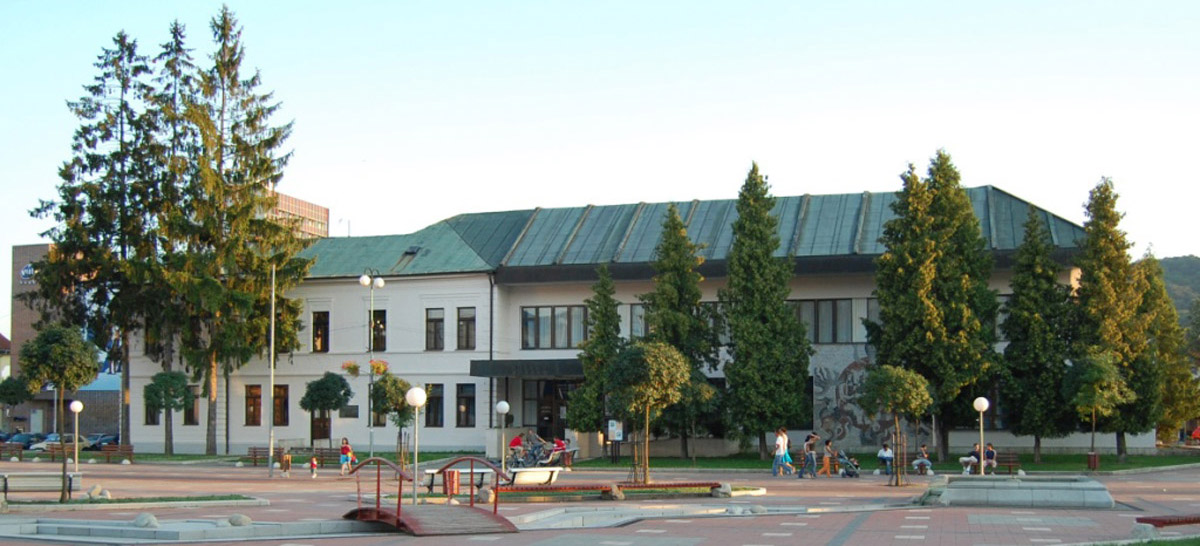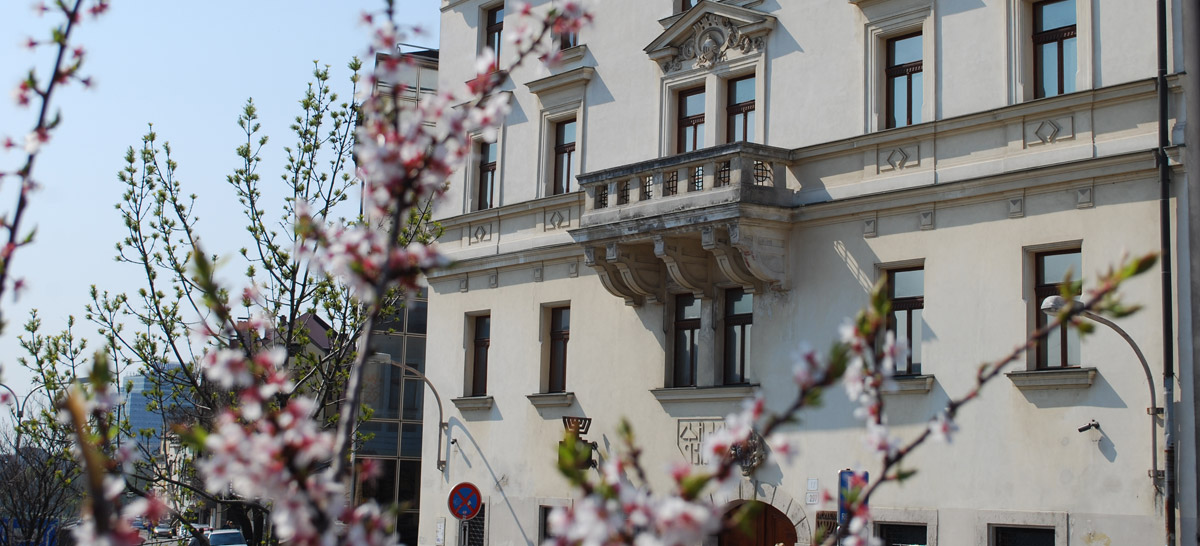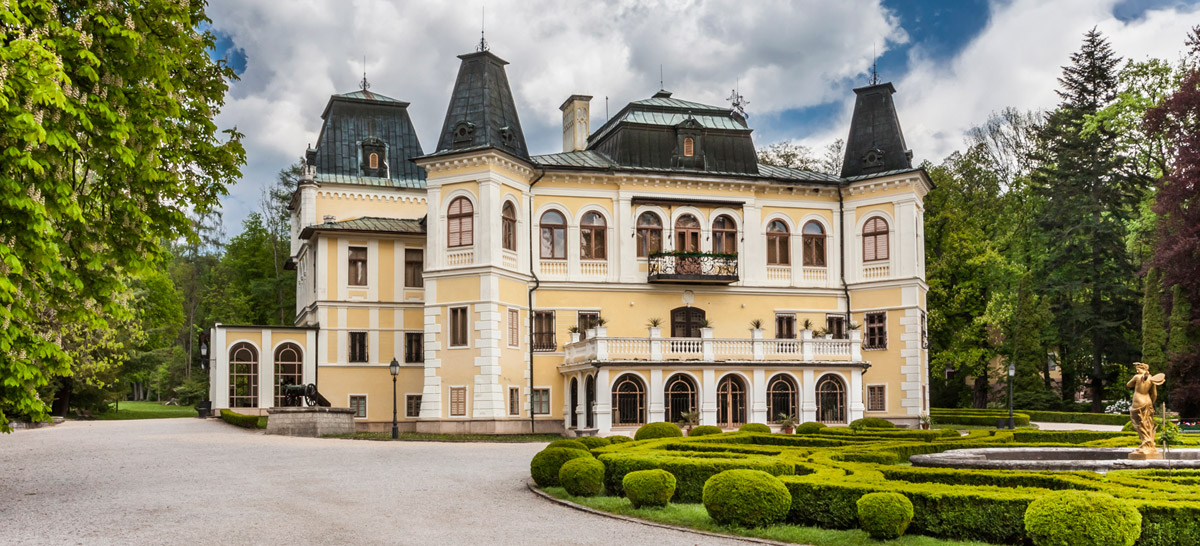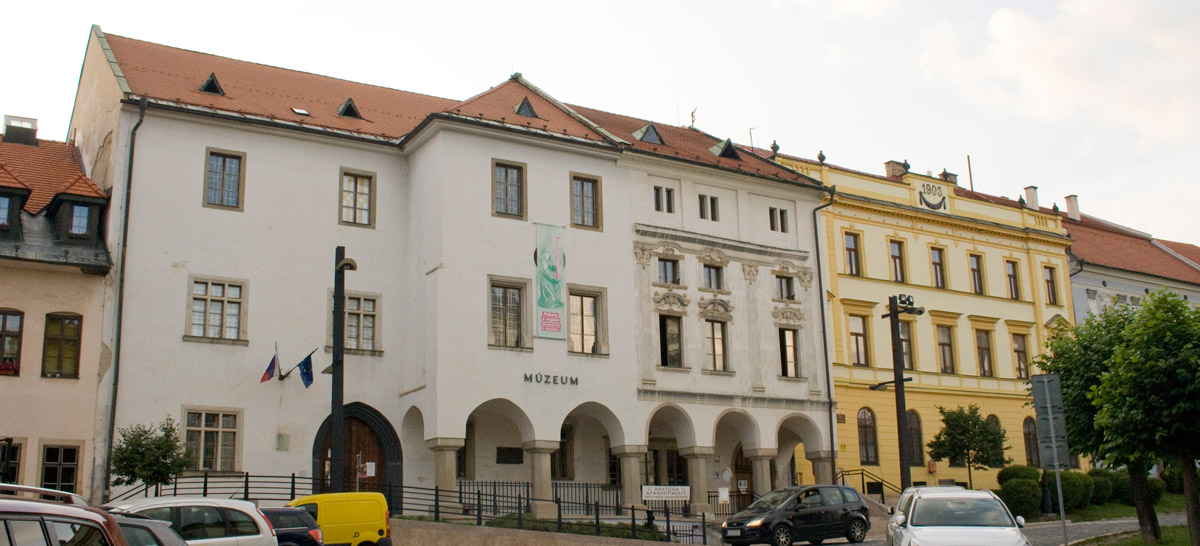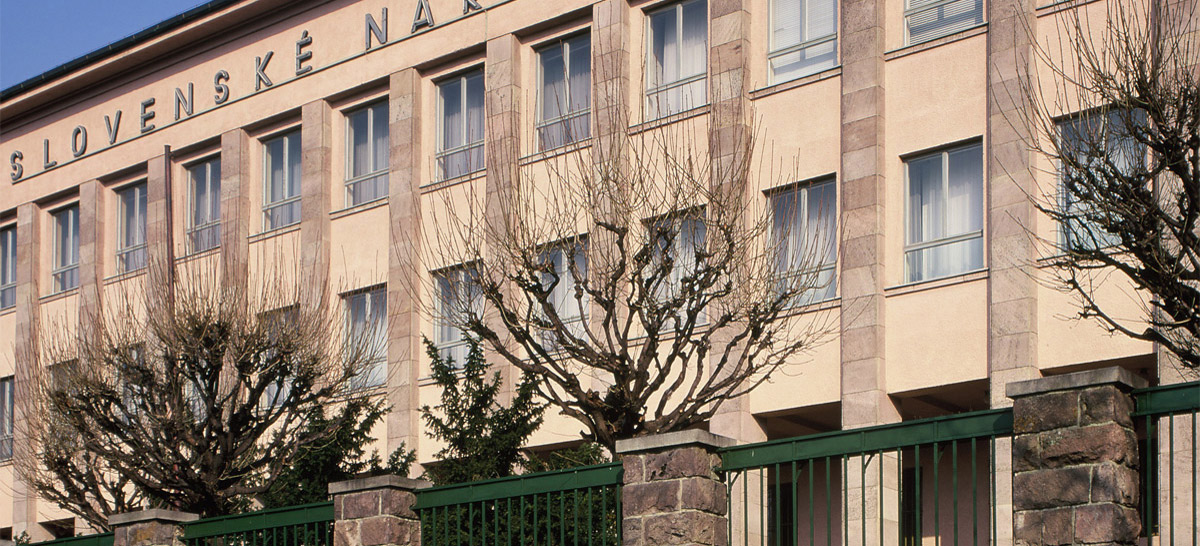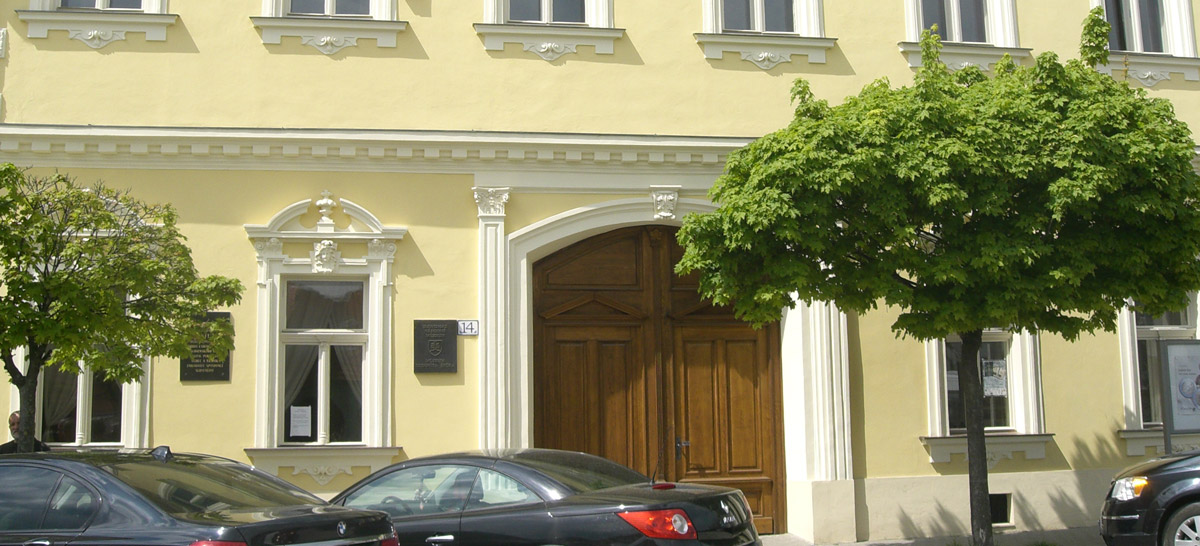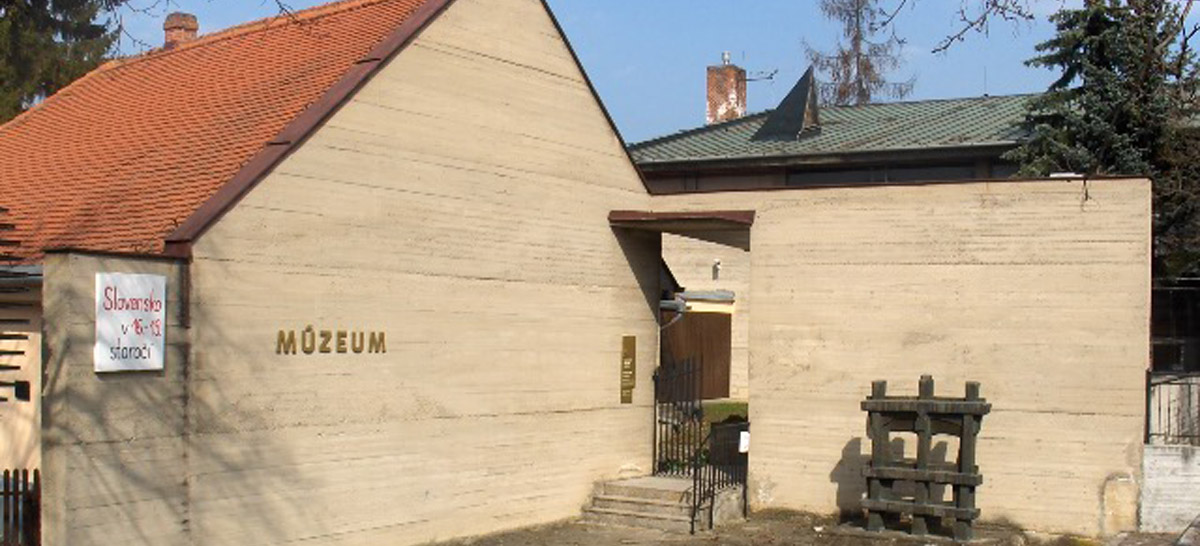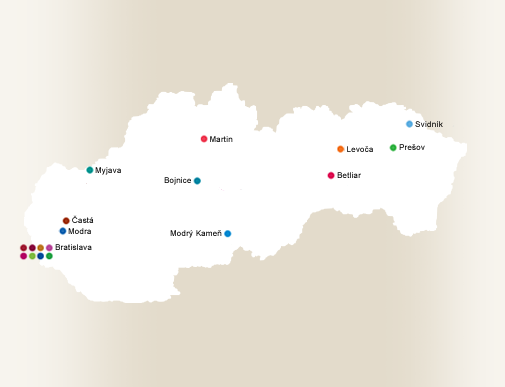About the museum
Museum Mission and History
Mission
The Slovak National Museum – Museums in Martin (the Museums) is one of the largest specialized branches of the SNM. It administers more than three quarters of a million collection objects at six specialized workplaces, of which more than half a million are collection objects related to natural sciences at the Andrej Kmeť Museum.
The Museum of Ethnography, which focuses on the preservation, research, documentation, and presentation of folk culture in Slovakia, has its seat in the Museums’ main building in Martin along with the museum management. The Museum of the Slovak Village, the largest open-air museum in Slovakia, is also part of the Museums. In addition to traditional architecture, it presents a picture of the lifestyle in Slovakia in the second half of the 19th century and the first half of the 20th century. The Andrej Kmeť Museum studies and documents the nature of northwest Slovakia, particularly that of the Turiec, Orava, Kysuce, and Liptov regions. The Museum of Martin Benka has its seat at the house in which this Slovak painter and illustrator lived and worked. Pursuant to the artist’s last will, his office, studio, and bedroom have been preserved. The younger branches of the Museums include the following: the Museum of Czech Culture in Slovakia in the house of important Czech academic and intellectual figures, Jiří Horák and Anna Horáková-Gašparíková, and the Museum of Roma Culture in Slovakia, the seat of which is on the grounds of the Museum of the Slovak Village in Jahodnícke háje.
History
The foundation, development, activities, and building of collections of the Museums are connected with the work of Andrej Kmeť, Andrej Halaša, Ján Petrikovich, and Karol A. Medvecký, all of whom were significant figures of our national history in the late 19th century. The aim of the Slovak Museology Society, which was founded in April 1893 thanks to Kmeť, was to create a national museum and acquire collections of national history, ethnography, and natural sciences from the entire territory of Slovakia. The massive collections that were initially located at Národný dom (The National House) led to the construction of the first building specifically designed for museum purposes (1906 – 1907) according to the project design of Michal Milan Harminc. Today it is home to the Andrej Kmeť Museum.
The second special-purpose museum building was opened for the general public in 1933. Once again, it was built in Functionalistic style according to the project design of Michal Milan Harminc. Today it is the seat of the Museums. Upon the furnishing of the building, and the creation of the concept and installation of its expositions, it became one of the largest and most modern European museum buildings of that period. Until 1948 the SNM was managed by the Slovak Museology Society. In 1961 it was administratively merged with the Slovak Museum in Bratislava as the national museum of ethnography.
In 1964, in compliance with its specialization, the Museums began to build the national exposition of Slovak folk architecture and housing, today known as the Museum of the Slovak Village. The museums later took over the administration of the estates of Martin Benka (Martin Benka Museum), Karel Plicka, and the collections documenting the history and culture of the national minorities in Slovakia (the Museum of Czech Culture in Slovakia, the Museum of Roma Culture in Slovakia). The merging of two separate workplaces of the national museum in Martin (SNM in Martin – Ethnographic Museum and the SNM - Andrej Kmeť Museum) into one organizational unit - the Slovak National Museum – Museums in Martin, was the final change (2004).

